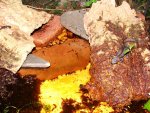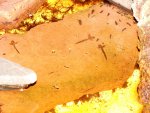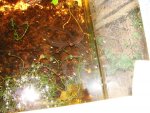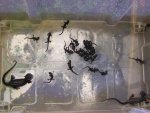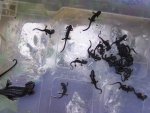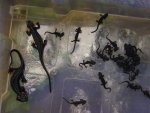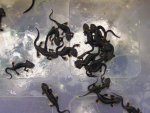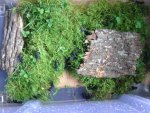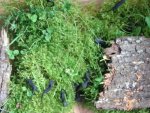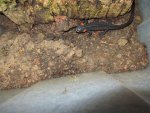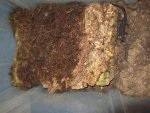ummi
New member
- Joined
- Jan 17, 2011
- Messages
- 108
- Reaction score
- 28
- Points
- 0
- Country
- Germany
Will say: I'm also lucky
The larvas from last year were until now in the water (one is still in the water) and now they are in metamorphose (8cm), and already new little larvas in the water - isn't it great?
ummi
The larvas from last year were until now in the water (one is still in the water) and now they are in metamorphose (8cm), and already new little larvas in the water - isn't it great?
ummi
Attachments
-
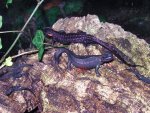 Taliangensis 14.08.2011 004 Kopie.jpg194.7 KB · Views: 1,499
Taliangensis 14.08.2011 004 Kopie.jpg194.7 KB · Views: 1,499 -
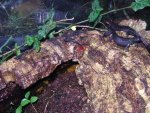 Taliangensis 14.08.2011 008 Kopie.jpg193.5 KB · Views: 717
Taliangensis 14.08.2011 008 Kopie.jpg193.5 KB · Views: 717 -
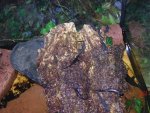 Taliangensis 14.08.2011 009 Kopie.jpg169.4 KB · Views: 762
Taliangensis 14.08.2011 009 Kopie.jpg169.4 KB · Views: 762 -
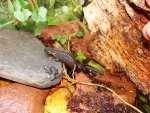 DSC09050 (Large) Kopie.jpg213.8 KB · Views: 597
DSC09050 (Large) Kopie.jpg213.8 KB · Views: 597 -
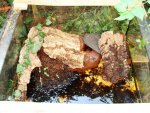 DSC09044 (Large) Kopie.jpg221.8 KB · Views: 635
DSC09044 (Large) Kopie.jpg221.8 KB · Views: 635 -
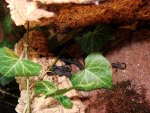 DSC09048 (Large) Kopie.jpg191.1 KB · Views: 633
DSC09048 (Large) Kopie.jpg191.1 KB · Views: 633

